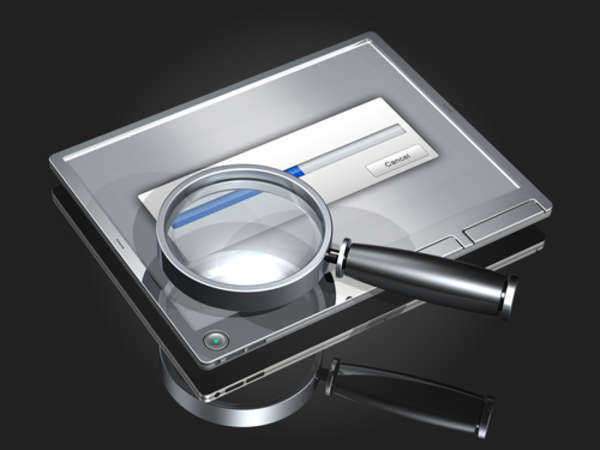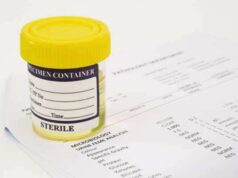
One might imagine a prototypical messy locker of the high school student to be filled with books, papers, jackets, dirty gym clothes, and perhaps even food items from the school cafeteria. While these items are not organized very neatly, and in some cases, are downright disgusting, they are not really a danger to others. Just the same, as numerous in-school student searches have shown, these things may not be the only contents within a student’s locker. Too often, a particular student search has turned up illegal drugs or weapons.
At the Federal level, the nature of the student search in schools has been discussed at length by such distinguished bodies as the Supreme Court in New Jersey v. T.L.O. Other prominent cases where student searches have been questionable and possible supervisors’ actions ruled as criminal also have their larger applicability to all such searches in school.
In recent times, the case of Safford Unified School District v. Redding made it all the way up to the Supreme Court and concerned an ordered strip search of a 13-year-old girl suspected of giving drugs to another student. This time around, the student search was deemed a violation of the Fourth Amendment, but at the same time, those who oversaw the search were spared any additional suits by way of the doctrine of qualified immunity.
In terms of the limits of student searches, then, while schools will generally allow access to a student’s purse or locker with suspicion of wrongdoing, strip searches in schools are sometimes banned completely and should be approached with great caution.














